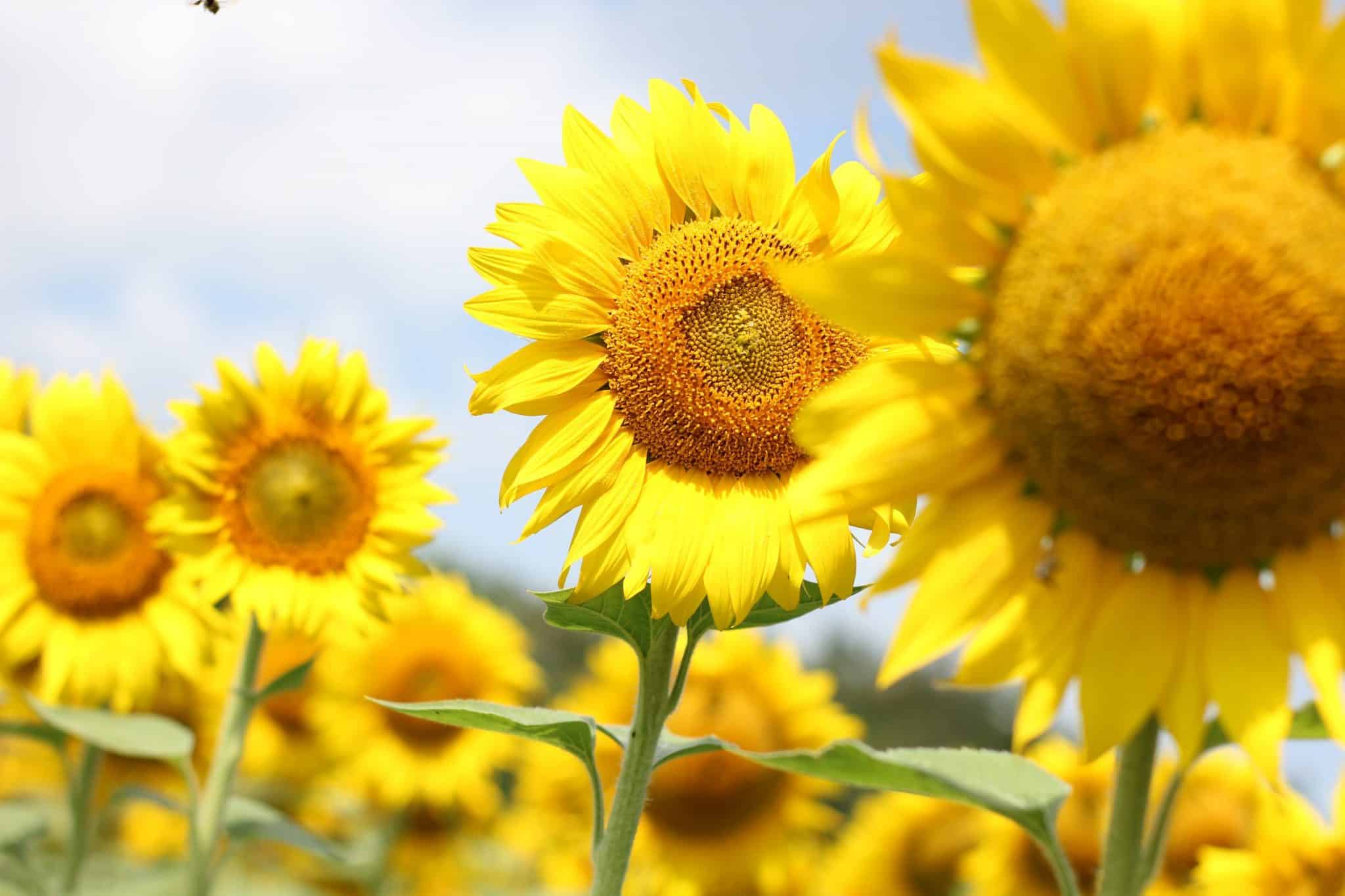The Hot Water Plant, or Achimenes longiflora, is related to the African Violet and is known as Mothers Tears or Magic Flower. This flowering perennial is long-blooming, with funnel shaped flowers of various colors. The petals are usually adorned with darker stripes, and feature a yellow throat, making this flower ideal for accenting indoor and outdoor planters.
The origin of the name Achimenes longiflora is believed to come from the Latin chymenes, which means lunar halo. The name was given to the plant in regard to its tendency to bloom within the same time as the full moon in early spring and summer. This is why it is also referred to as the moonflower in Spanish.
How to Plant
The Hot Water Plant is easy to grow and can thrive in a variety of environments. They should be planted in a warm, sheltered spot that receives indirect sunlight. Achimenes prefer soils that are moist and well-draining, with a pH level between 6 and 7. Choosing the right soil is essential; opting for a more loamy soil with plenty of organic matter will be most beneficial.
When it comes to water, the Hot Water Plant is quite perfume and can handle a variety of watering techniques. It is best to keep the soil somewhat moist, but not watered in excess. Temperatures should also be consistent in order to provide optimal growth; temperatures between 55 and 85 degrees Fahrenheit during the day are preferable. For humidity levels, make sure to keep relative humidity levels between 50 and 65%. Lastly, fertilize regularly using a balanced slow release fertilizer.
Meaning and Symbolism
The Hot Water Plant is thought to have metaphysical properties associated with love, strength, and protection. It is believed to help heal and give solace to those who are enduring emotional pain. In terms of symbolism, this flower represent hope and resilience.
History, Mythology, and Religious Significance
The Hot Water Plant (Achimenes longiflora) has a long tradition in the world of herbal medicine. In the 16th century, the Hot Water Plant was reported to be used for treating chest pain, insomnia, fever and throat infection; a practice that has been used for centuries. In addition, the Hot Water Plant has strong significance in the Mayan and some other Hispanic cultures. It is believed that these cultures used the sap of the plant as an eye drops solution, to cure eye ailments. In Haiti, it was an offering used in religious ceremonies and to bring luck in general.
Flower Varieties and Their Defining Characteristics
The Hot Water Plant (Achimenes longiflora) comes in a variety of beautiful colors, shapes, and sizes. Common colors include pink, purple, orange, and white, but much rarer colors, such as yellow and blue, are also available. The blossoms of the Hot Water Plant can be tubular, funnel, or bell-shaped and can reach up to 3 inches in diameter. Most varieties bloom in late summer to early fall, depending on the temperature; however, in more tropical climates, it can bloom from late spring to early fall. The flower grows to an average height of two to three feet and is an ideal choice for hanging baskets or containers.
How to Pot and Repot
When it comes to selecting a container for the Hot Water Plant, it is best to choose a pot with good drainage, such as terracotta or ceramic. Once your pot is chosen, fill it with potting soil (preferably one with peat and vermiculite/perlite added) up to one and a half inches below the rim. Make sure to use adequate amounts of soil, as this will provide the plant with more nutrient and helps promote better drainage.
When you are repotting (or potting) your Hot Water Plant, make sure to use your fingertip as a guide to ensure there is enough space for your plant’s roots. Push the sides of the potting soil lightly, to make sure the soil is filled in securely around the edges of the pot. Once your new potting soil is complete and firmly in place, give your plant a light watering and let it sit in a warm and shady place.
How to Prune
The Hot Water Plant should be pruned annually, when it’s not in bloom, to encourage better growth and bushier stems. Pruning can be done using scissors or a sharp knife, and should focus on foliage. Leaves and stems that are discolored or dead should be removed, as well as any stems that are lower on the plant than desired; this will help promote new shoots and encourage blooming, as well as provide ventilation for the plant.
How to Propagate
The Hot Water Plant is easily propagated from divisions or cuttings. Start by taking several cuttings from the mother plant and submerging them in cold tap water. Plant each cutting into its own pot, filled with well-draining soil, and keep in warm, humid and semi-shaded conditions. Try to water regularly and to keep the soil evenly moist at all times, watering thoroughly with tepid water.
Common Pests and Diseases
The Hot Water Plant is susceptible to attacks by aphids and mealybugs. Both of these pests appear in clusters on leaves and stems, and if left to breed, can cause considerable damage to the plant. A good practice is to regularly check the Hot Water Plant for pests, and to remove any that are visible. Insecticidal soap can be applied to control and prevent pests.
The Hot Water Plant may also suffer from fungal diseases, especially during humid summer months. If the plant is attacked by mildew or bud blast, spray the plant with a fungicide. Planting in healthy, well-draining soil and avoiding excessive watering are the best way to prevent fungus from taking hold on the Hot Water Plant.
Three Frequently Asked Questions about Achimenes Longiflora
Q1: What is the average lifespan of a Hot Water Plant?
A1: The Hot Water Plant is a long-lived perennial, with some species living up to 7 or 8 years in optimal conditions.
Q2: How should I care for the Hot Water Plant during winter?
A2: During the winter months, it is best to keep the soil of your Hot Water Plant slightly moist. Avoid overwatering, as this can cause root rot. Make sure to keep your plant in a brightly lit area, with temperatures around 55-60 degrees.
Q3: How often should I fertilize my Hot Water Plant?
A3: Fertilize your Hot Water Plant every one to two weeks during the growing season, with a balanced slow release fertilizer designed for flowering plants.
Table Fact Sheet
The following table provides readers with basic information about Hot Water Plant, or Achimenes longiflora.
| Hot Water Plant | Achimenes Longiflora |
|---|---|
| Family | Gesneriaceae |
| Plant Type | Perennial |
| Mature Size | 2-3 feet tall |
| Sun Exposure | Partial Shade |
| Soil Type | Moist and well draining |
| Soil pH | 6.0-7.0 |
| Bloom Time | Summer to Fall |
| Flower Color | Varied Colors |
| Hardiness Zones | 9-11 |
| Native Area | Central America |
What we love from Amazon this week
Buy these wonderful flowers directly from Amazon:















